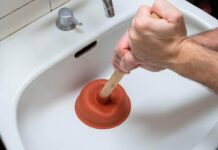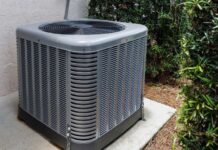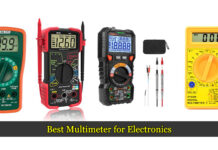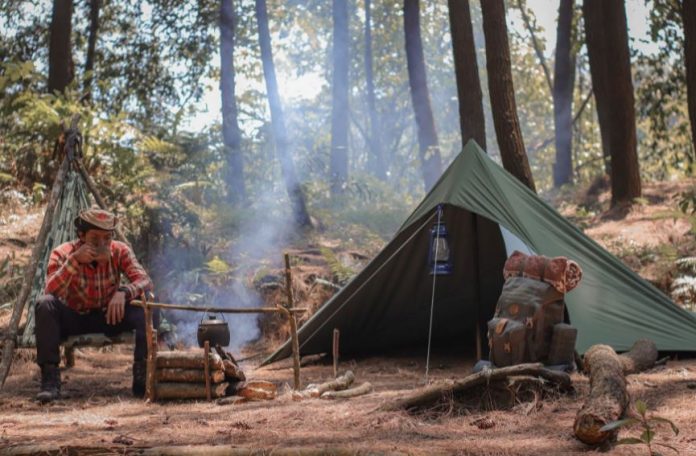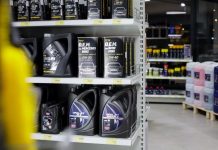Whether you’re an avid camper or someone in the tent manufacturing industry, you’ll be wondering what the best fabrics for tents and camping gear may be. After all, when camping, tents and equipment are naturally exposed to the elements, which can include wet weather, temperature extremes, windy conditions and possibly even snowfall. Camping gear and tents go through a lot of use and abuse.
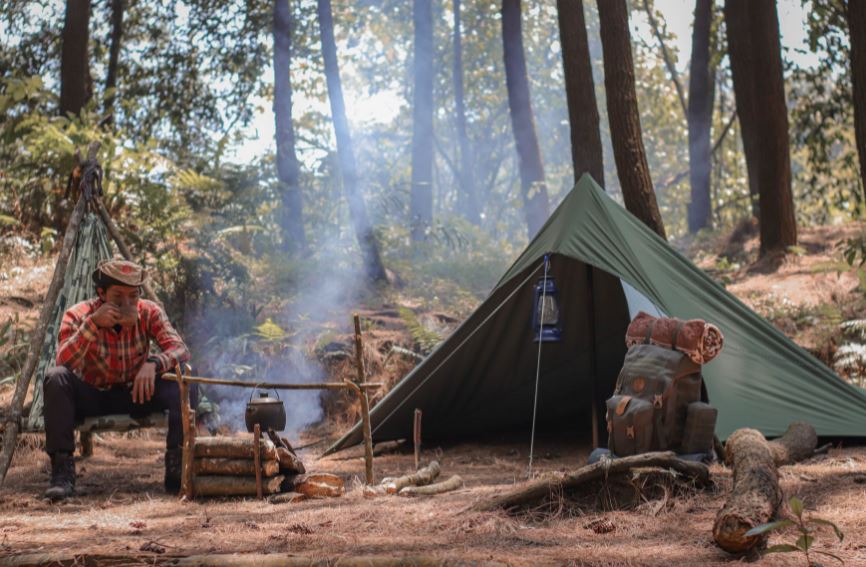
The materials used in the camping industry are what’s known as technical textiles, as they serve a special purpose and need to be durable, lightweight and weather-resistant. These materials are far from just being run of the mill fabrics. Let’s take a look at what’s available.
What Is the Best Fabric for Tents?
In years gone by, one of the morecommon materials for tents was a heavy canvas. While this material served its purpose well for quite a long time, ultimately canvas was replaced with fabrics much more suited to camping and with a lot more benefits. Canvas was weighty to carry around and weighed a ton when damp. It also wasn’t exactly waterproof. If it was raining and you happened to touch a spot on the roof, water would invariably start to leak through the fabric.
So, what fabrics on today’s market are the best for tents?
Although most tent fabrics today are man-made, cotton is still sometimes used for its insulating qualities. The downside is that cotton is not waterproof. Cotton and canvas blends are being used for this purpose, but this material is not ideal if you’ll be camping in an area where rain is a possibility; not unless you have a waterproof cover to protect the tent.
Nylon is a cost-effective material for tent manufacture. It’s extremely lightweight, yet very durable, and it’s also highly water resistant. Many cheaper tents or new tents are made from nylon or a nylon blend.
There is a technical fabric on the market known as a tenting canvas. This fabric is a blend of both cotton and polyester with a very tight weave to make it water resistant. It’s a high quality fabric that is strong and durable and it has been specifically designed for tent manufacture, along with campervan walling and roofing. The material is resistant to harmful UV rays and mildew won’t grow on it even when it’s damp.
Materials such as cotton, canvas, nylon, polyester and blends of these materials, are the most popular choices for quality tent manufacture.
Check also:
Fabric and Material for Other Camping Gear
Camping isn’t all about having the right tent, though. There is a lot of other gear used by campers that are made from special textiles.
For starters, you may want a material for potable water storage, either in the form of a water bag, water bladder or water containment area, such as the lining of a water tank. For this purpose, a heavy duty PVC offers the perfect solution and there are a lot of grades and varieties of PVC material on the market that can be used for this purpose.
At other times, you’ll want to set up some sort of shade sail or roof for some protection against the sun. There is a vast range of sunscreen fabrics that you can obtain from a quality fabrics supplier to suit this purpose. Many of these fabrics are constructed from a very strong and lightweight PVC mesh that basically filters the sunlight, providing shade and relief from the heat. This fabric has been specially treated to be highly UV resistant. It’s perfect for shade sails, awnings, blinds and used as privacy screens.
Another material that’s useful for camping applications is a PVC that’s been coated with an acrylic lacquer on one side. This material is both resistant to UV rays and is fire retardant. It’s an excellent material to use for covering gear up to keep it protected from the elements.
In Conclusion
There are a lot of different materials and variations on today’s market that are suitable for camping applications and the manufacture of camping equipment. To fully understand your options and to make the very best choices for your requirements, it’s best to speak with a fabric and textiles expert for sound advice.



